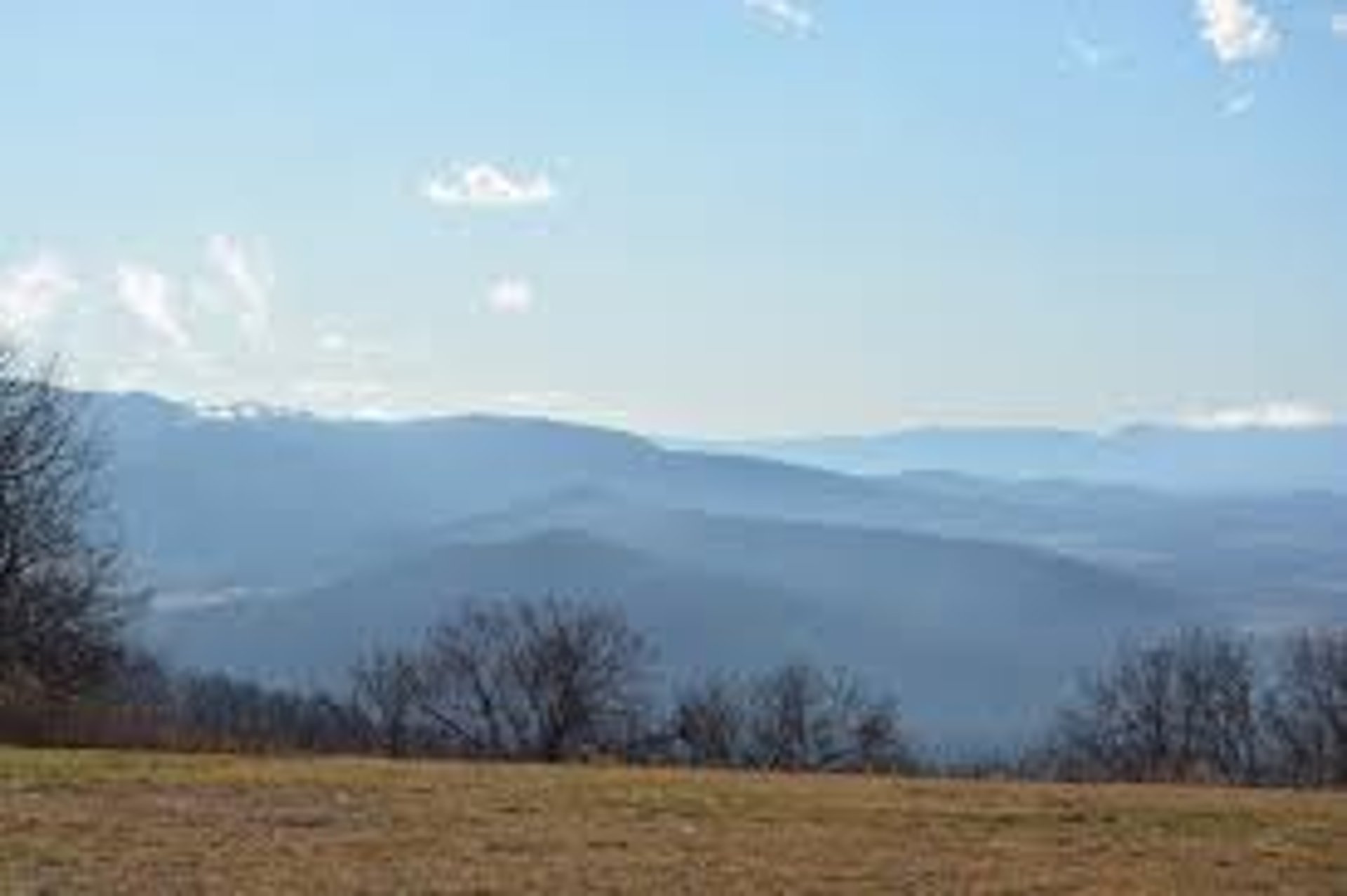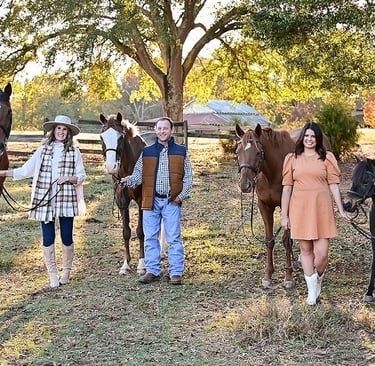
Mission Statement
“ Our mission is to provide an opportunity for riders of any age to compete at quality local horse shows at affordable prices, while simultaneously developing valuable show experience, riding skills, and the responsibility of horse management and care in the competitive equestrian sport of hunters and jumpers.”
History
The History of the Blue Ridge Hunter/Jumper Association
The Early Days
In the late 60’s and early 70’s, a group of horsemen formed what was known as the Georgia-Carolina Circuit, and for over a decade, farms around Augusta, Southern Pines, Aiken, and Camden would put on one-day shows where riders and trainers could bring along young horses. These were regional in nature, drawing competitors from around the two states and offering horse shows in a low-key, relaxed atmosphere. Occasionally, they were extended to two-day shows, but a lack of stabling limited the ability to draw competitors from a distance. During that period, the Georgia-Carolina Circuit was the alternative answer to “A” shows in the Carolinas. By the late 70’s the Georgia Carolina Circuit was absorbed by the newly formed SCHJA, which is the state’s current organization for both local and “A” horse shows.
A Growing Sport
In the late 70’s and early 80’s, life with horses was very different than it is today. There were “A” horse shows, but they tended to be much smaller than today’s shows, and the number of divisions offered represented only a fraction of those offered to exhibitors today. There were generally only two rings at the show, and competitors showed in one or two divisions. You took your horse out of the stall, warmed up, and did one trip in the morning, and then put your horse back in the stall. In the afternoon you got your horse back out, warmed up again, and then completed the second trip of the division. There were no back to back trips. It wasn’t until the mid-80’s when that was introduced at the Florida winter shows. Also, venues did not offer consecutive shows for multiple weeks, other than Florida. You showed at a different showground every weekend. Showing in Charlotte, Aiken, Atlanta, and Camden made for a lot of traveling.
The Need for a Local Circuit
There were few local circuits that offered schooling shows to prepare horses and riders for the “A” shows. Showing in the in the region was limited to “A” shows at Harmon Field or traveling to Blowing Rock, Knights of Columbus in Charlotte, Southern Pines, or Aiken. These established shows had a rich history of prominent riders competing on top hunters, and while these shows provided entertainment for spectators and many years of history, there was an absence of shows that prepared young horses and riders for the show ring. By 1980, local farms in the Tryon area began hosting single-ring, one-day local shows, where adults and professionals competed in the morning and junior riders competed in the afternoon. Ribbons were awarded to the winners, hamburgers were cooked on the grill, lawn chairs surrounded the rings, and horses stood quietly tied to the trailers in pastures that were opened up for parking. It was essentially a horse show picnic. Shows were held locally at Stony Knoll Farm, Windbrook Farm, Wright Way Farm, the Lehners’ Farm, and Fran Freeman’s Farm, to name a few. In the early 1980s, Gerald Pack talked to me at a show, and we talked about starting an organization that would promote showing at the local level. The word was spread to barns and trainers and shortly thereafter, the local trainers and riders in the area met together for a meeting that led to the election of a board, and subsequently the Blue Ridge Hunter/Jumper Association was formed.
The Legacy of an Organization
For the next 10 years the BRHJA strengthened and found a home base at Harmon Field. From its 32 original members, membership grew to several hundred, and the quality of the shows grew equally as fast. The success of the BRHJA spawned other local area organizations, and the Coastal Hunter Circuit and Progressive Show Jumping followed several years later. With numerous BRHJA shows being offered as fundraisers for the local community, hundreds of thousands of dollars were raised for charities and causes like Harmon Field, Spartanburg Day School, and the Spartanburg and Foothills Humane Societies. Greenville County Hounds, Tryon Hounds and Green Creek Hounds also raised funds for their hunts through BRHJA shows.
Simultaneously, the BRHJA members became capable riders that could compete successfully at the growing “A” show format. A statement was often repeated, “If you can win at Blue Ridge, you can win at the “A” shows”. It was true. Horses and riders that won championships at Blue Ridge, also qualified for indoors and Medal Finals, showing on both the “A” and local circuits. It was also the legacy period of the Thoroughbred hunter, a time that predated the warmblood imports.
A Change in Horse Showing
The BRHJA is now in its 40th year of operation, and during its life as an organization, horse showing has changed dramatically, becoming frightfully expensive at the highest levels. Horse show facilities now hold shows for 6 consecutive weeks for Spring, Summer, and Fall seasons. The show grounds are half billion-dollar investments that offer every kind of amenity, from food to ring footing, shopping to hotels. The World Equestrian Center, Tryon International Equestrian Center, HITS Ocala, Wellington are examples on the East Coast.
We are re-forming the BRHJA to meet the needs of an ever-changing horse show world. As an organization, we support and embrace the change in horse showing, while serving as a place where thoroughbreds can still compete with warmbloods and families can experience the fun and competition of equestrian sports at an affordable price. It is our goal to continue to produce a viable product for the horse community for another 40 years and beyond, even as horse shows continually evolve in the future.
Lee Cone
President BRHJA




